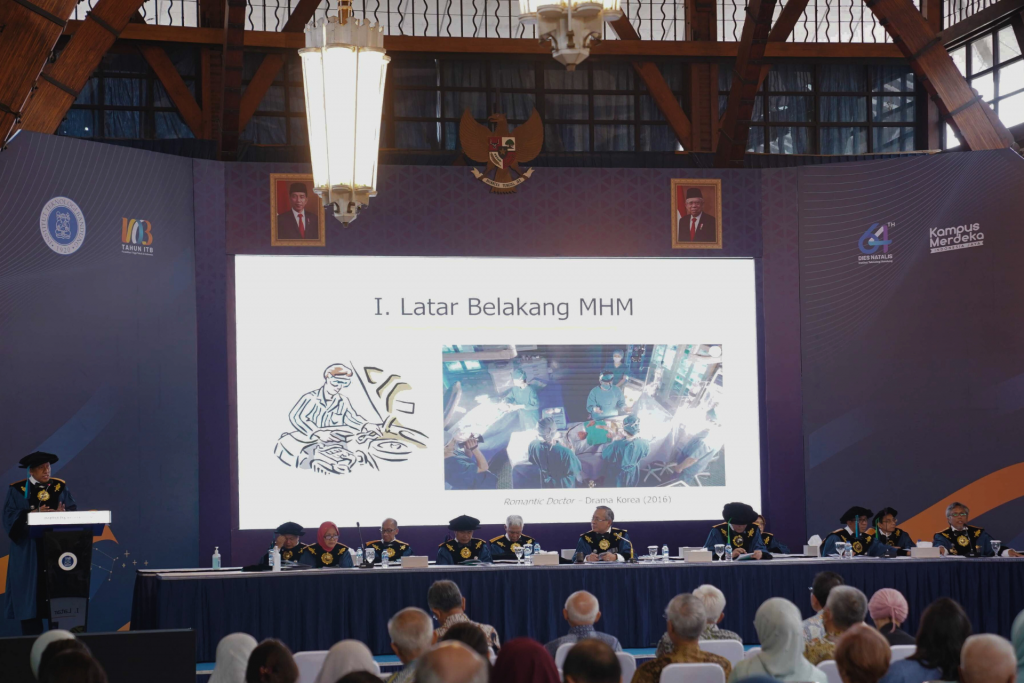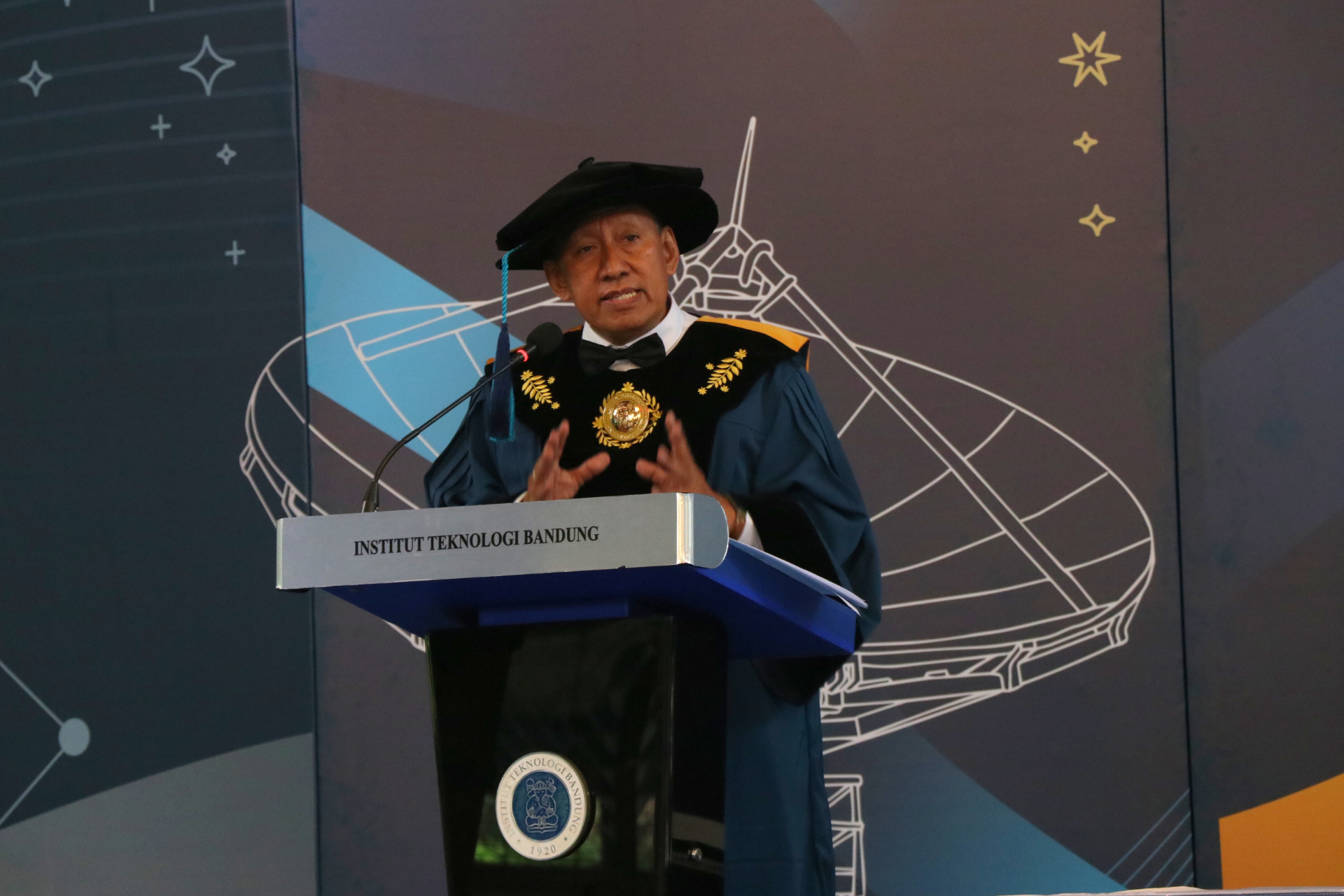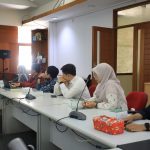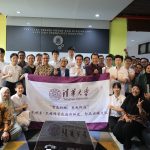Machine Health Monitoring in the Scientific Oration of Prof. Ignatius Pulung
The Professor at the Faculty of Mechanical and Aerospace Engineering (FTMD) of the Institut Teknologi Bandung (ITB), Prof. Dr. Ir. Ignatius Pulung Nurprasetio, MSME., held a Scientific Oration at the ITB West Hall on Saturday (17/06/2023). Prof. Ignatius Pulung is a Professor in the Mechanical Design Research Groups and was honored as an ITB Professor in the field of Machine Construction Mechanics.
In his oration titled “Machine Health Monitoring”, Prof. Pulung used an illustration from an episode of a Korean drama (K-drama) titled “Romantic Doctor”, which involves the medical world, as one aspect of machine maintenance activities that enable early detection of damage symptoms.
“The world of medicine, because it involves humans, is always more interesting than romantic engineers,” he explained about the reason for using the illustration.

In the episode, there is an artificial heart installation surgery that illustrates the importance of monitoring and diagnosis. The simulated operation shown in the K-drama demonstrates technological advancements in preparing and performing more efficient surgeries. Through accurate monitoring and diagnosis, surgical activities are conducted more easily and effectively, benefiting the patient and saving time.
MHM (Machine Health Monitoring) is an integral part of machine maintenance activities in workshops. In the industrial maintenance illustration, monitoring involving monitoring is known as predictive maintenance. By conducting continuous monitoring, symptoms of machine damage can be detected earlier, and even damage such as a “stroke” can be prevented.
In addition, with a better understanding of the damaged part, machine repairs can be planned more maturely, shortening the time for dismantling and installation.
In his oration, Prof. Dr. Ir. Ignatius Pulung Nurprasetio, MSME., discussed the use of Parametric Distance Modeling Methods in various machine applications. He revealed his innovation in applying time series parameters, parametric distance, and discrete frequency analysis. By using these parameters, he succeeded in producing graphs that can visually show the condition of the machine, whether healthy or not. The advantage of this method is that it produces models with lower order and fewer parameters, making the algorithm more efficient.
In his research, Prof. Pulung applied analysis to rotating machines, such as industrial machines with one case, and reciprocating machine rigs with multi-cases. In addition, he also conducted tests on industrial machines consisting of two rotors with residual unbalance and misalignment.
Prof. Ignatius Pulung also implemented the MHM method in monitoring the health of structures, especially composites made of Carbon Fiber Reinforced Polymer (CFRP). In this case, he used the chi-square value as a distance definition to test the similarity of the spectrum. Positive results from this research will be followed by the manufacture of a more representative test rig and the application of previously developed methods to rotating machines.
Another research is the detection of human muscle fatigue measured by surface electromyography (sEMG). The muscles under review are the biceps muscles of the arm and two thigh muscles. Although the results of this research are not as sharp as the cases of rotating machines and structures, the obtained results state that the research is very feasible to be continued.
“The last muscle health monitoring still requires development by involving sports science or medical practitioners,” he concluded.
(written by Adji Riksa) (edited by Ainayya Azzahra)







